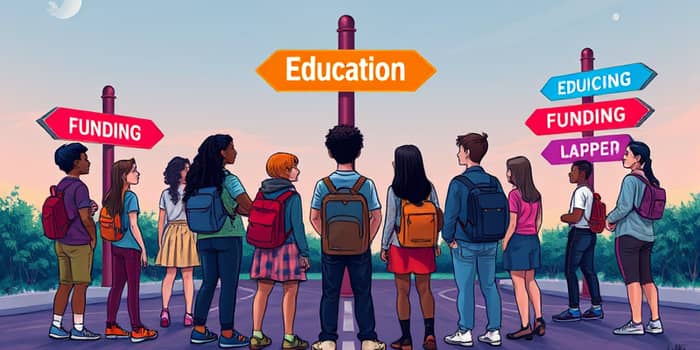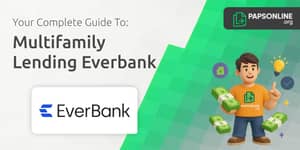
Standing on the threshold of higher education can feel exhilarating and daunting in equal measure. As tuition costs rise and living expenses mount, knowing how to navigate the financial landscape becomes as important as choosing the right major. This guide is designed to empower you with actionable steps and clear guidance that will transform confusion into confidence.
In 2025, student loans remain a primary funding tool for higher education, helping millions of Americans bridge the gap between ambition and affordability. Over 43 million borrowers hold outstanding federal loans totaling more than $1.6 trillion in debt.
Broadly speaking, borrowing options fall into two camps: federal student loans—backed by the U.S. government—and private student loans offered by banks, credit unions, and other lenders. Your eligibility for federal aid is determined through the Free Application for Federal Student Aid (FAFSA), now streamlined with the Student Aid Index (SAI) to better reflect your financial circumstances.
Federal student loans offer some of the most favorable terms, including fixed interest rates, flexible repayment plans, and potential forgiveness programs. Below is an overview of current loan types for the 2024–25 academic year:
Direct Subsidized Loans are need-based with government support, while Unsubsidized Loans accrue interest immediately. PLUS Loans require a credit check and carry higher origination fees, making them a secondary option after federal unsubsidized limits are reached. Consolidation loans can reduce the complexity of managing multiple servicers by combining your balance into one payment.
When federal aid and scholarships fall short, private student loans fill the gap. Typically offered by banks and credit unions, these loans come with:
• Credit-based approvals that may require a cosigner
• Variable or fixed interest rates often higher than federal rates
• Limited or no access to income-driven repayment plans and forgiveness programs
Borrowers should compare multiple lenders, scrutinize interest rate caps, and understand repayment terms before committing. In many cases, a strong cosigner can secure more favorable rates, but remember that private loans carry fewer consumer protections.
Before taking on debt, exhaust free funding sources that never require repayment. Consider:
Scholarships—offered on merit, need, or field of study.
Grants—need-based awards such as Pell Grants that offset costs.
Work-study—federally funded part-time employment to help pay tuition.
Securing these awards can significantly reduce your borrowing, freeing up more budget flexibility after graduation.
1. Complete the FAFSA online as soon as possible after October 1.
2. Review your Student Aid Index (SAI) and financial aid package.
3. Accept, reduce, or decline loan offers directly through your school’s portal.
4. Participate in entrance counseling to understand your rights and responsibilities.
Stay informed about FAFSA deadlines and state-specific applications to maximize your eligibility. Financial aid calculators and professional advisors can help you estimate costs and plan borrowing strategically.
Successful repayment requires require careful planning and strategy from day one. Federal loans offer several plans:
For those serving the public interest, forgiveness programs provide relief:
Origination fees for the 2024–25 year are 1.057% for Subsidized/Unsubsidized Loans and 4.228% for PLUS Loans. Interest accrues differently across loan types—Subsidized Loans have no in-school interest, while Unsubsidized and PLUS Loans do. Aggregate borrowing limits stand at $23,000 for Subsidized Loans and up to $138,500 for graduate borrowing.
Effective debt management can be the difference between financial freedom and stress. Use online loan calculators to project monthly payments, factor your expected starting salary into your borrowing strategy, and consider automating payments to qualify for interest rate reductions from many servicers.
Stay proactive: review your credit report annually, adjust your repayment plan as income shifts, and seek advice from non-profit credit counselors if you face hardship. Every dollar saved on interest is one less dollar owed down the road.
Education is an investment in your future, and understanding your funding options is key to making it sustainable. By leveraging grants, scholarships, and federal loans first—and approaching private borrowing with caution—you can build a repayment roadmap that aligns with your career goals and financial reality.
With informed choices and strategic planning, you can ignite your educational journey with confidence and embrace the possibilities that higher learning offers.
References













